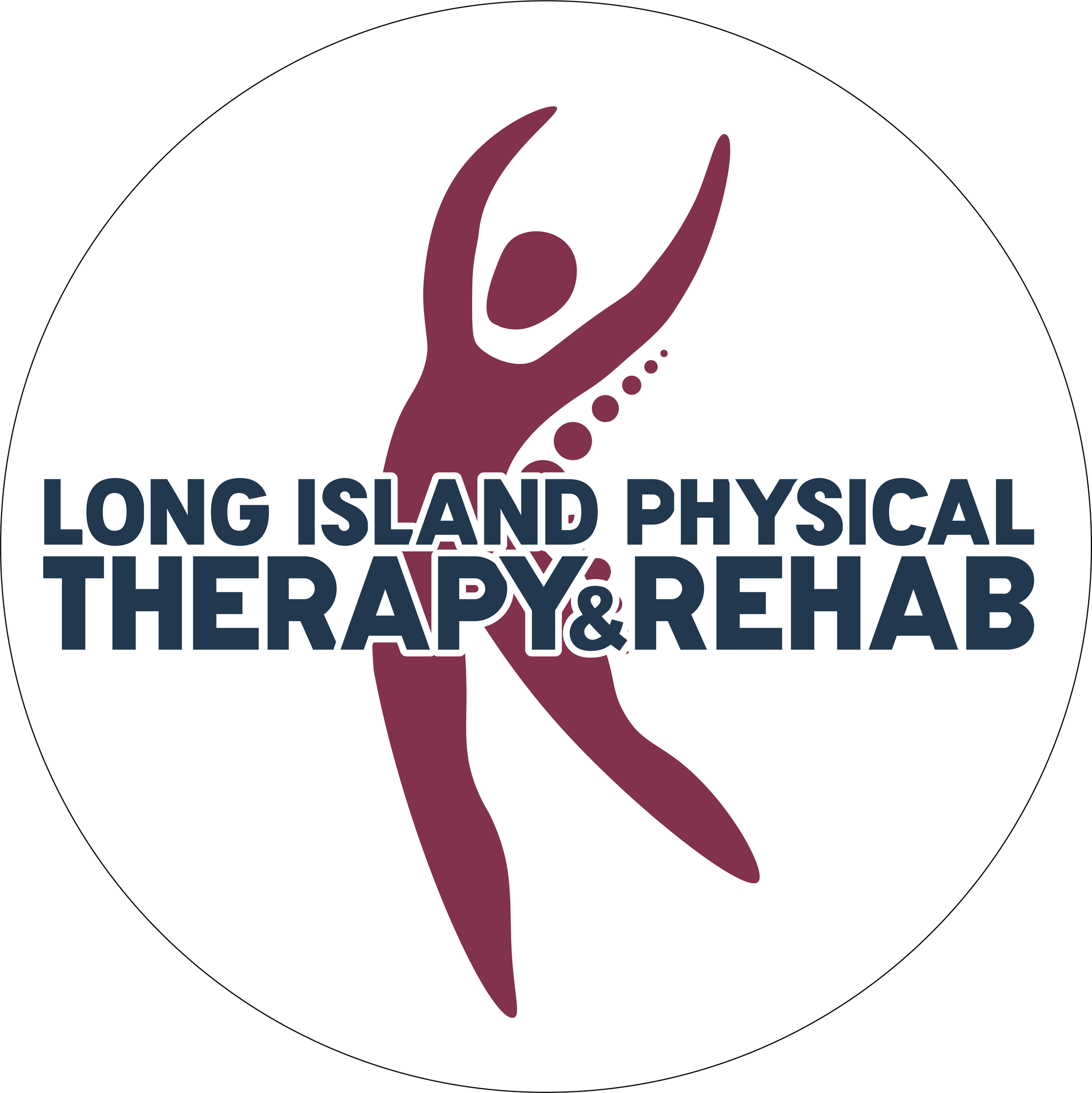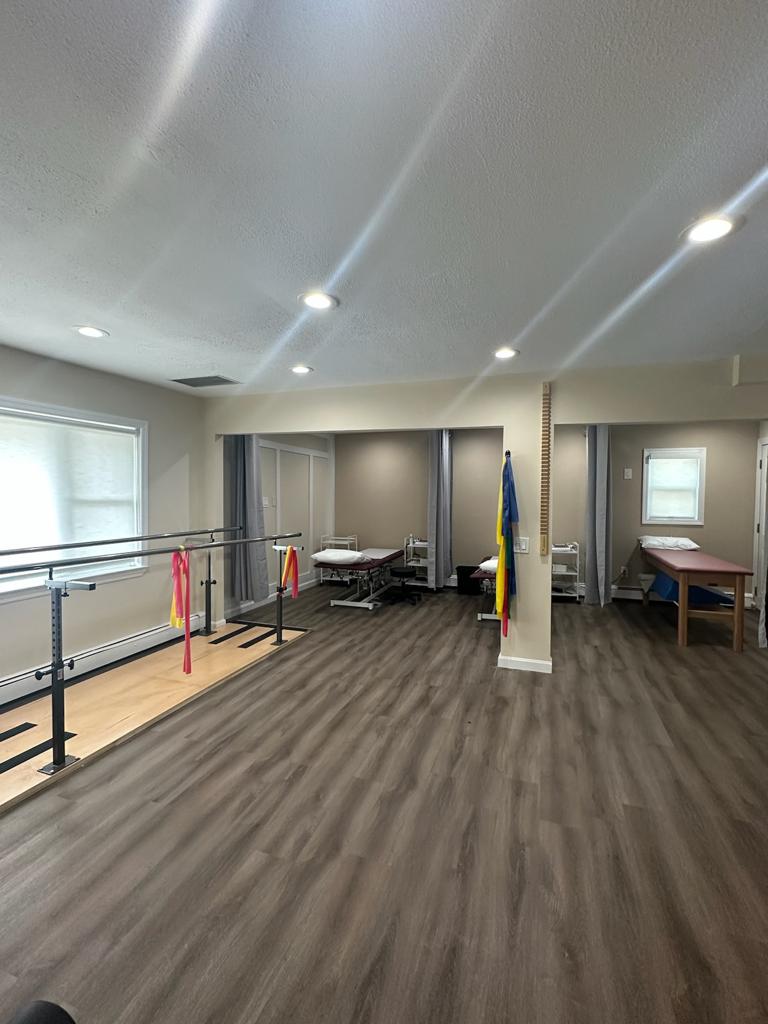
Athletics and sports activities are excellent ways to enhance physical fitness, cultivate social interaction and nourish mental well-being. However, engaging in these pursuits may also expose individuals to the risk of injuries. As enthusiasts of physical activities, understanding the importance of injury prevention becomes crucial. Today, let’s delve deeper into the world of sports injuries and prevention, brought to you by Long Island Physical Therapy and Rehab.
Common Sports Injuries
Various types of injuries are frequently encountered in the sports domain, ranging from minor sprains to major breaks. Some commonly witnessed sports injuries include:
- Sprains and Strains: Often occurring in joints and muscles involved in dynamic activities.
- Fractures: Broken bones usually result from high-impact or traumatic events.
- Dislocations: An injury where a bone slips out of its joint, often requiring immediate medical attention.
- Ligament Tears: Particularly prevalent in sports demanding rapid direction changes like basketball and soccer.
- Concussions: Especially prominent in contact sports such as football and rugby.
Understanding these injuries forms a base for developing effective prevention strategies and establishing safe practices in sports.
The Importance of Sports Injury Prevention
Preventing sports injuries is paramount not only to sustain the physical integrity of athletes but also to ensure continuous enjoyment and engagement in physical activities. Key aspects underlining its importance are:
- Maintaining Optimal Performance: Ensuring athletes are not sidelined due to injuries.
- Preserving Future Health: Preventing chronic conditions that may arise due to repeated injuries.
- Ensuring Longevity in Sports: Enabling athletes to pursue their passions for extended periods.
- Minimizing Economic Burden: Reducing the healthcare and rehabilitation costs associated with treating injuries.
Given these aspects, injury prevention in sports becomes an imperative subject to explore and implement.
What to Do to Prevent Injuries
Know Your Body
Recognize your strengths and weaknesses and engage in sports activities accordingly. Undertaking fitness tests and physical assessments can provide valuable insights.
Wear Appropriate Gear
Ensure you’re equipped with the necessary protective and supportive gear to prevent injuries.
Engage in Pre-Activity Warm-Up and Post-Activity Cool Down
Preventing injuries also involves preparing your body for the upcoming physical exertion and helping it recover afterward.
Adhere to Proper Techniques
Employing correct sports techniques and forms can significantly reduce the risk of sustaining injuries.
Rest Adequately
Recognizing when your body needs rest is crucial to prevent overuse injuries and promote optimal recovery.
Adopt a Holistic Fitness Approach
Ensuring your training regimen is well-rounded, addressing strength, flexibility, and endurance, will help protect against injuries.
6 Tips to Prevent Injuries During Exercise
Exercise is a remarkable avenue to maintain optimal health and keep potential medical visits at bay — yet, it’s not devoid of its own set of risks such as muscle strains and ligament sprains. Regardless of fitness levels, everyone is susceptible to injuries if adequate precautionary measures aren’t implemented. By taking strategic steps, such as warming up and investing in protective workout gear, you can dodge injuries and sustain an active lifestyle.

As you lace up for your next workout session on Long Island’s picturesque trails or get ready to hit the gym, consider these tips to maintain your fitness and ensure you’re not benched due to avoidable injuries.
1. Gradually Progress into Your Exercise Routine
Prioritize a cautious and gradual advancement in your exercise regimen to safeguard against injuries. Acknowledging the current state of your fitness and not rushing towards goals, especially if you’ve had a hiatus from regular exercise, is paramount. The essence here is to appreciate where you are now and progressively scale your activities, whether it’s gearing up for a Long Island Marathon or making a comeback in your basketball league.
2. Prioritize Lower Extremity Warm-Up
Ankle-related issues, including sprains and Achilles tendon ruptures, rank among the top injuries in the lower extremities. This is often attributed to an abrupt shift from rest to high activity. Ensuring that you spend adequate time warming up your lower body can mitigate these risks and set a solid foundation for your activities.
3. Ensure Comprehensive Muscle Strengthening and Stretching
Incorporating stretching and strengthening into your routine, and maintaining a healthy weight, are key contributors to an injury-free fitness journey. Particularly, be mindful of actions that involve twisting, pivoting, or high-impact movements which tend to stress the feet and ankles. To reacquaint yourself with physical exertion, consider engaging in non-impact exercises such as cycling, swimming, or using an elliptical trainer.
4. Maintain Flexibility
To circumvent injuries emanating from calf tightness, integrate exercises like heel drops into your regimen. By simply standing on the edge of a step, raising to your tiptoes, and gradually lowering your heels until your feet are flat, you promote flexibility and mitigate potential injuries.
5. Ensure Holistic Care for Hips, Shoulders, and Neck
Protecting against injuries to the hip, shoulder, and neck entails a warm-up, gradual commencement of activities and an adherence to a wholesome lifestyle which includes healthy eating and proper hydration. Particularly for residents of Long Island, NYC, opting for shoes with ample arch support and incorporating cross-training into your routine could provide your muscles with a beneficial pause and potentially enhance your fat-burning capabilities.
6. Heed Your Body’s Signals
While shoulder and biceps injuries are common amongst athletes and regular gym attendees, pain in the hips and upper extremities can surface even without a conspicuous injury. It’s vital to listen to your body and pivot your workout regimen accordingly, offering requisite rest to any area that signals distress.
Navigating the trails of Long Island, NYC, or embarking on your fitness journey elsewhere should be as smooth and injury-free as possible. Exercise is intended to enhance your health and well-being, and by adhering to these strategies, you ensure that your activities serve their intended purpose.
Paying heed to injury prevention ensures that your fitness journey is not thwarted by unexpected setbacks. And when setbacks do occur, remember that professional help is available to guide you back on your path. Contact Long Island Physical Therapy and Rehab to explore how our experienced team can help you prevent injuries, recover from them, and optimize your fitness journey in a safe and sustainable manner.
Learn More About Sports Injury Prevention and Physical Therapy
Physical therapy plays a pivotal role in both the prevention and rehabilitation of sports injuries. At Long Island Physical Therapy and Rehab, we strive to provide comprehensive care, from preventing injuries to facilitating a swift and efficient recovery.
Frequently Answer Questions
Q: How does physical therapy assist in sports injury prevention?
Physical therapists can design exercise regimens tailored to individual needs, address muscular imbalances, and provide strategies to enhance stability and flexibility, thereby aiding in injury prevention.
Q: Can I engage in physical activities while undergoing physical therapy?
Yes, physical therapists often design activities that are safe to perform during recovery and can also guide on safely reintegrating sports post-injury.
Q: What role does rehab play post-injury?
Rehabilitation helps restore functional ability, strength, and mobility in the injured area, facilitating a safe return to sports and preventing recurrence.
Q: Are preventive exercises different from regular exercises?
Preventive exercises may include specific movements or routines that target vulnerable areas and are designed to bolster them against potential injuries, while regular exercises might aim for overall fitness.
Your Journey to Safety and Recovery Starts Here
Safeguard your athletic pursuits with the expert care and guidance provided by Long Island Physical Therapy and Rehab. Reach out to us today to learn how you can steer clear of injuries and immerse yourself in the sports you love without hindrance.
Contact Us Today to embark on a safe, enriching, and empowered sporting journey, unhindered by the constraints of injuries.



